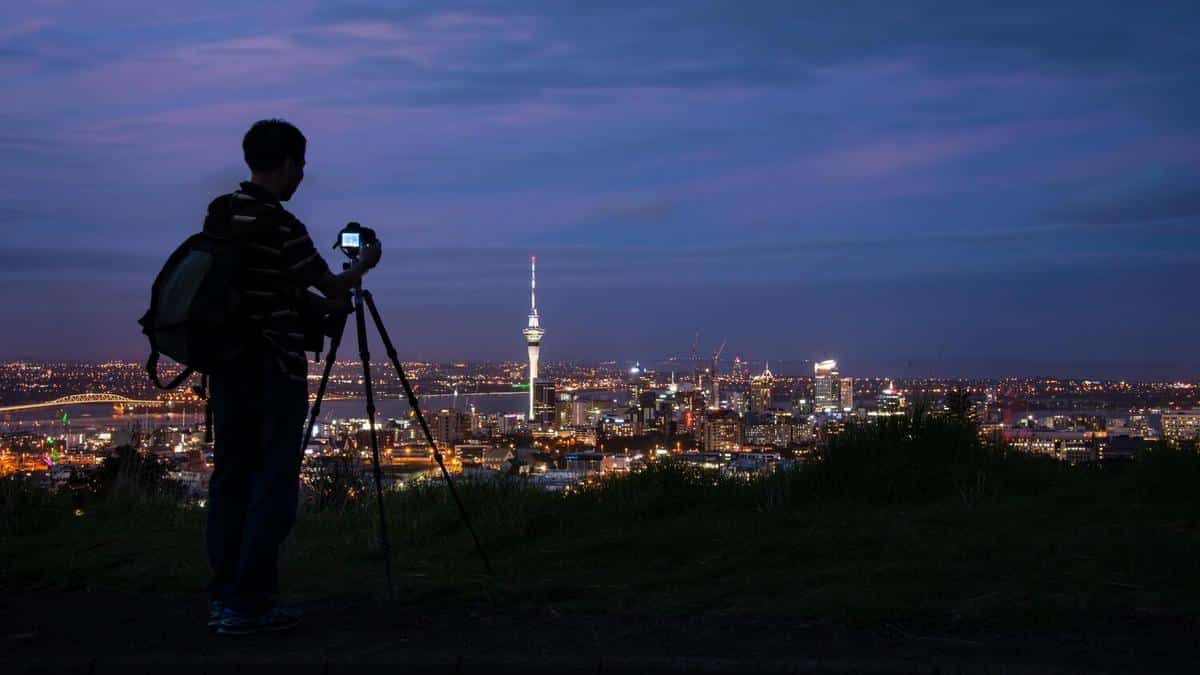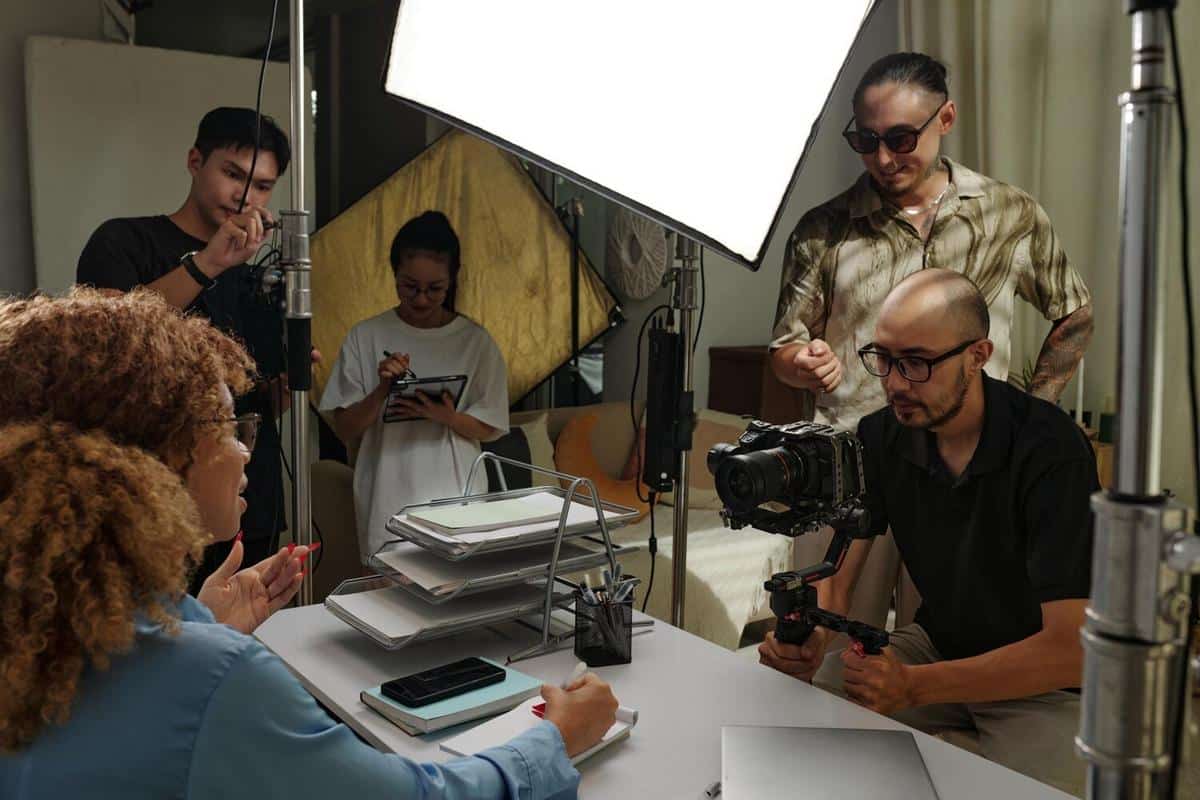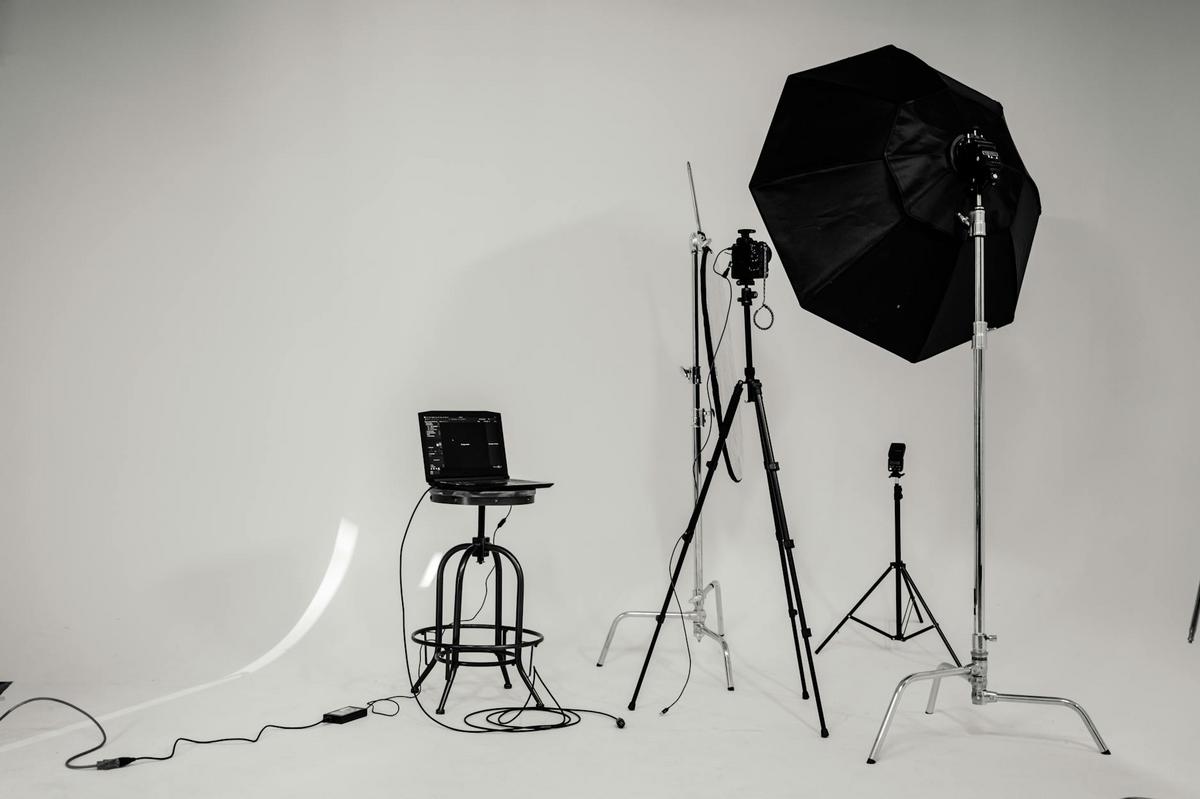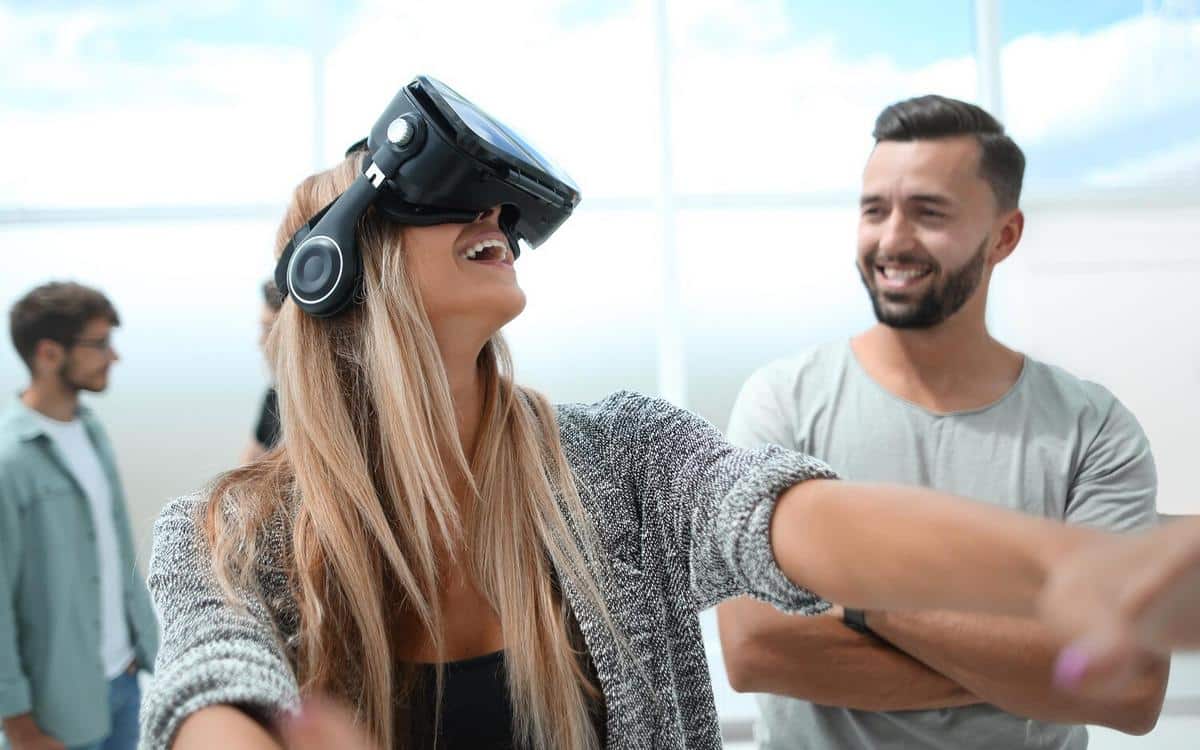
Understanding the Basics of Night Photography
Night photography opens up a world of enchanting possibilities, allowing photographers to capture the mesmerizing beauty of the night sky and urban scenes under the moonlight. However, mastering this art requires understanding specific techniques and tools to effectively handle low-light conditions.
Exploring Night Photography
Night photography can be both challenging and rewarding, offering unique opportunities to capture stunning images that are impossible to achieve during the day. Whether it’s the serene beauty of a starry sky or the vibrant energy of a cityscape, night photography enables you to see the world through a different lens.
Expert Insights
According to renowned photographer Mark Gee, ‘Night photography requires patience and a willingness to experiment with settings you might not use during the day.’
Statistics and Research
A recent survey by Digital Camera World found that over 60% of photographers consider night photography to be one of the most challenging genres due to lighting conditions and equipment limitations.
Personal Experience
As an avid photographer, I recall my first attempt at capturing the Milky Way. Initially, it was a struggle to find the right ISO setting that balanced noise and clarity. It took several tries, but the final result was a captivating shot that made the effort worthwhile.
Actionable Tips for Night Photography
- Use a Tripod: Stability is crucial in low-light conditions to avoid blurring.
- Adjust ISO Sensibly: A higher ISO can help capture more light, but beware of noise.
- Experiment with Shutter Speed: Longer exposures can capture more detail but require steady hands or a tripod.
- Manual Focus: Autofocus struggles in the dark, so manual focus is often more reliable.
Equipment Comparison Table
| Equipment | Advantages | Disadvantages |
|---|---|---|
| DSLR Camera | High image quality | Bulkier |
| Mirrorless Camera | Compact size | Battery life |
| Tripod | Stability | Portability |
| Wide-Angle Lens | Captures more scene | Potential for distortion |
| Remote Shutter | Reduces shake | Additional accessory |
| Flashlight | Aids in focus | Requires battery |
| Filters | Enhances contrast | Can be expensive |
| Extra Batteries | Extended shooting time | Additional weight |
Frequently Asked Questions
What is the best time for night photography?
The best time is after twilight when the sky is dark enough to capture stars and city lights.
How do I reduce noise in night photos?
Use a lower ISO setting and longer exposure times, and consider post-processing software for noise reduction.
Is a tripod necessary for night photography?
Yes, a tripod is essential for stability during long exposures.
Conclusion
Understanding the basics of night photography can transform your photography sessions into captivating experiences. By experimenting with your camera settings and using the right equipment, you can capture the night’s beauty in all its glory. Embrace the challenges, and remember, practice makes perfect. Now, it’s time to grab your camera and start exploring the magical world of night photography.


